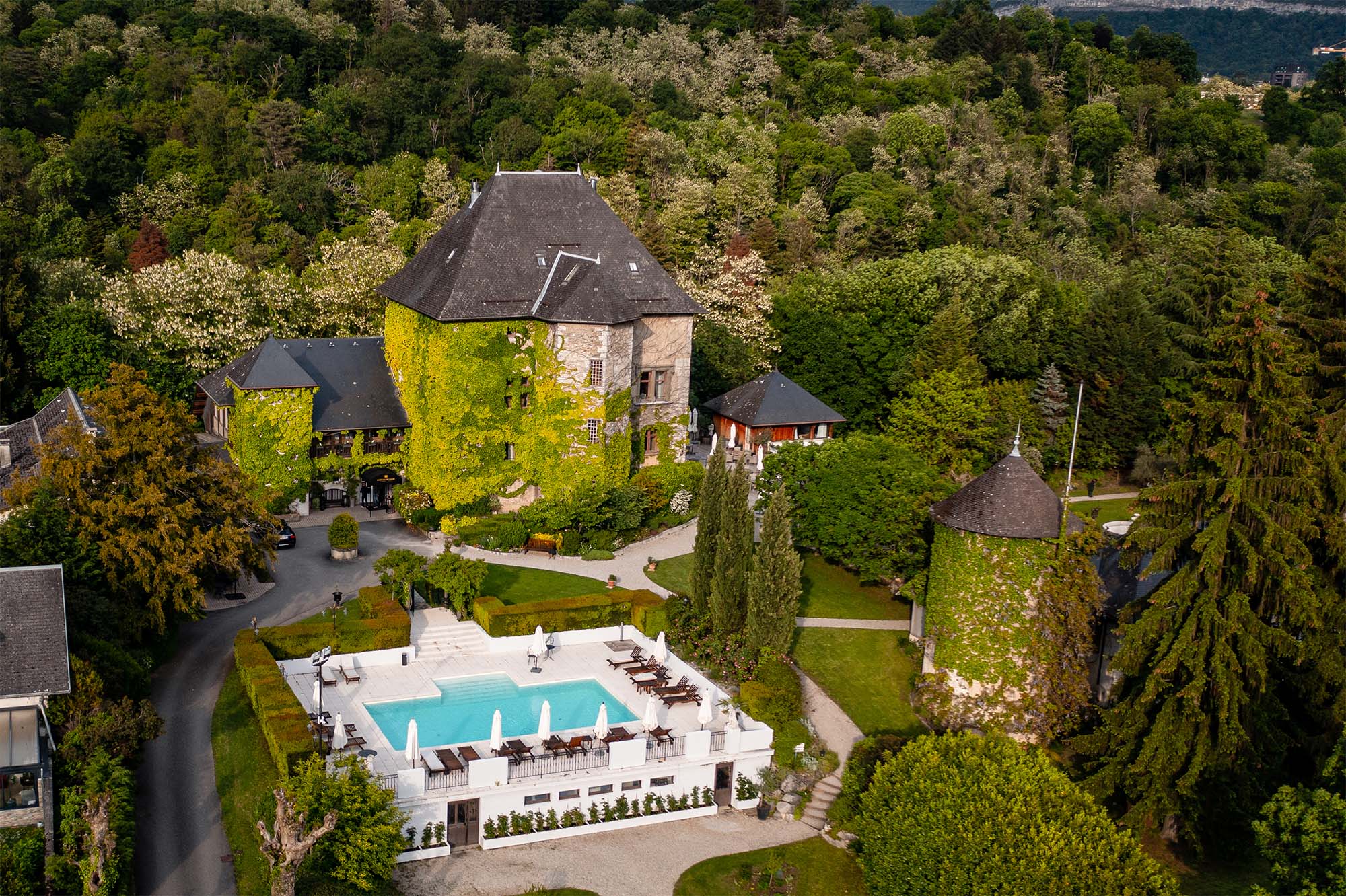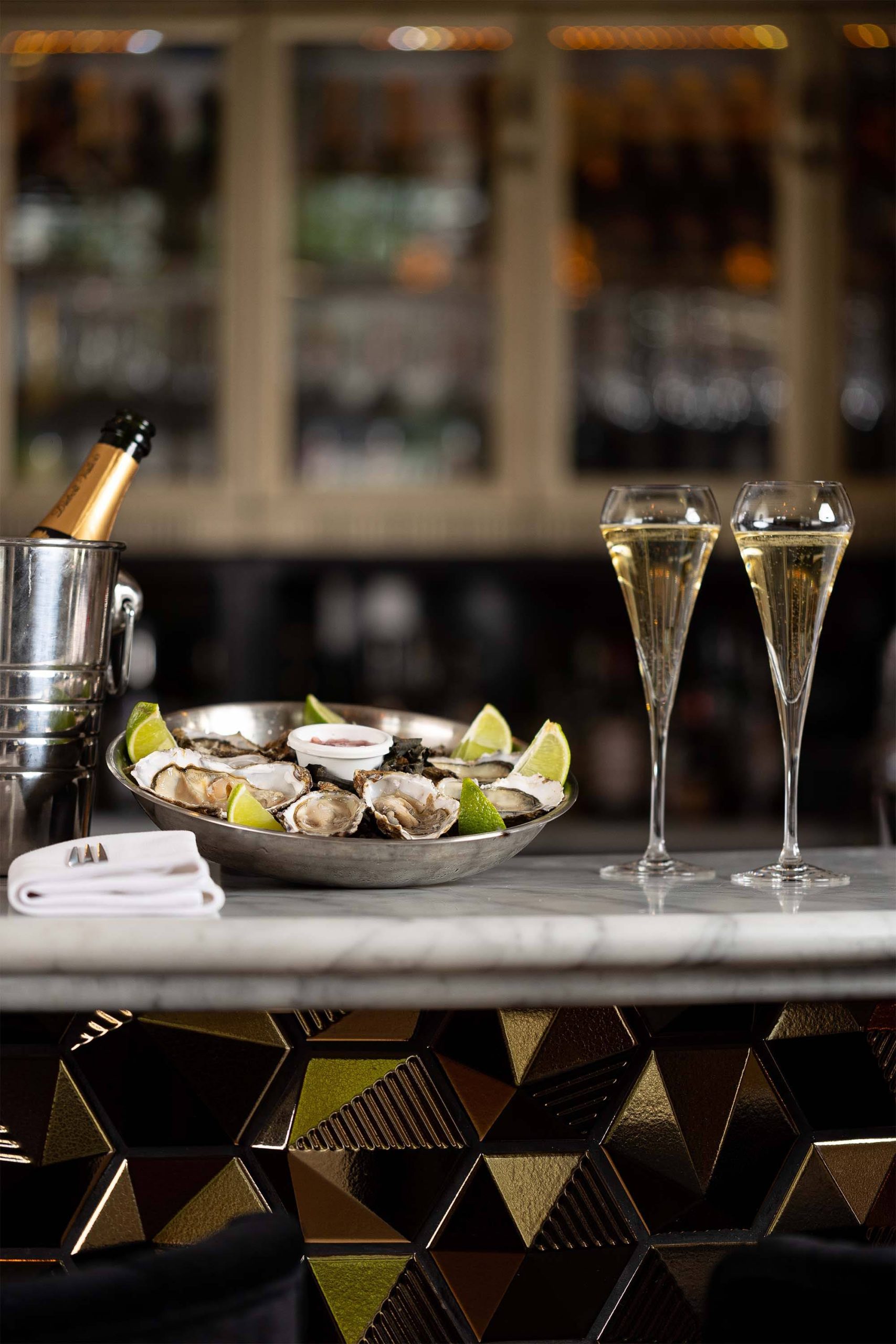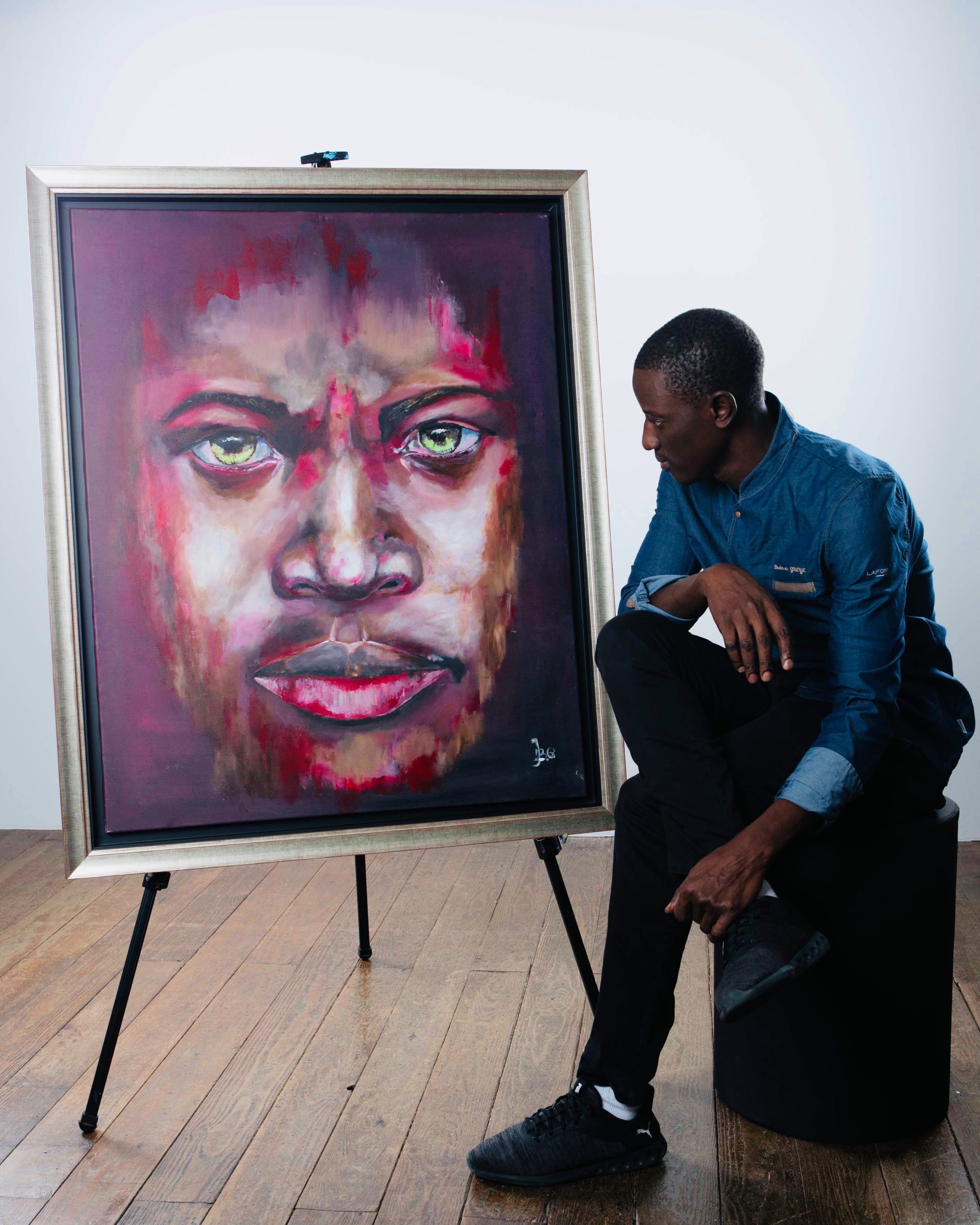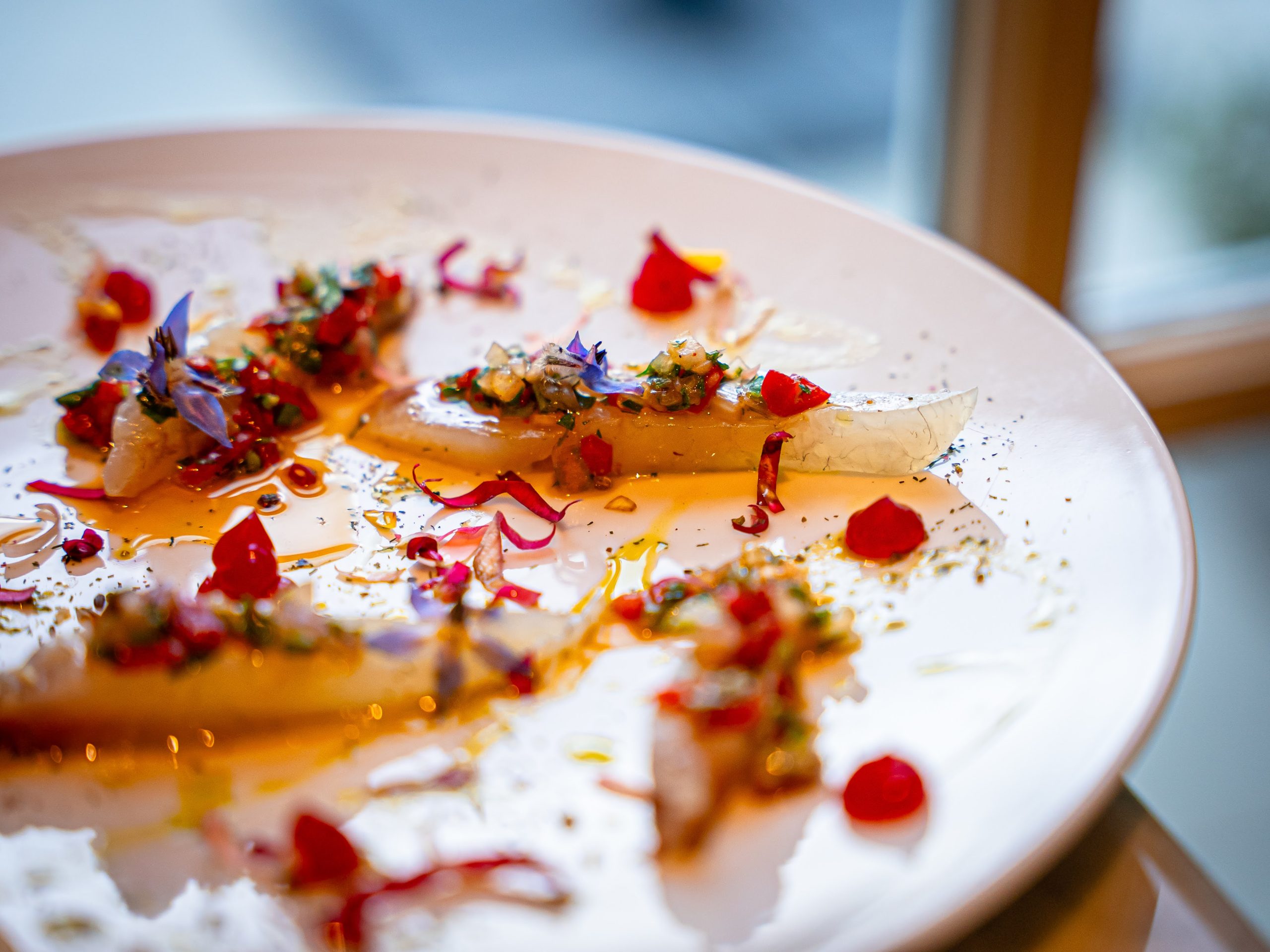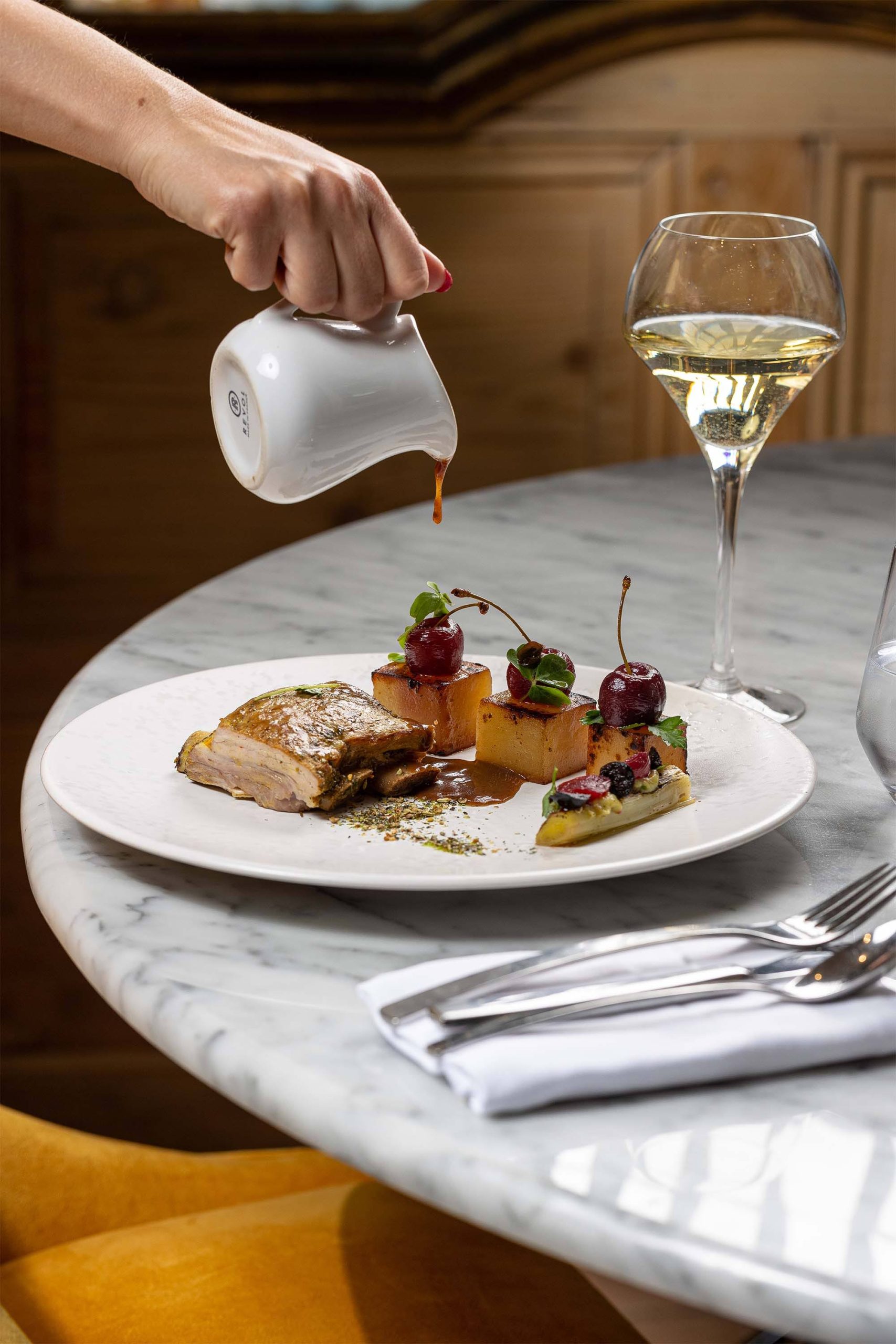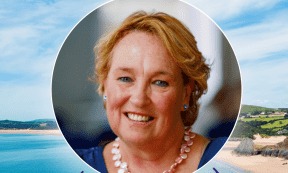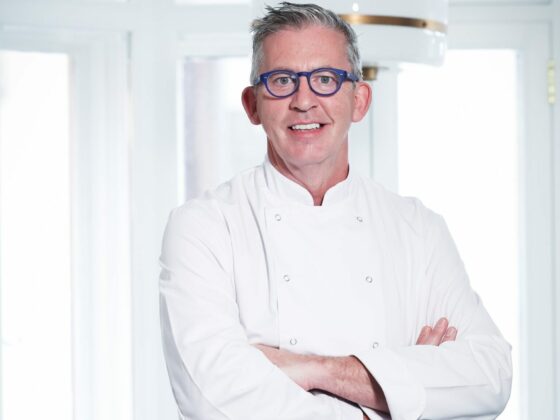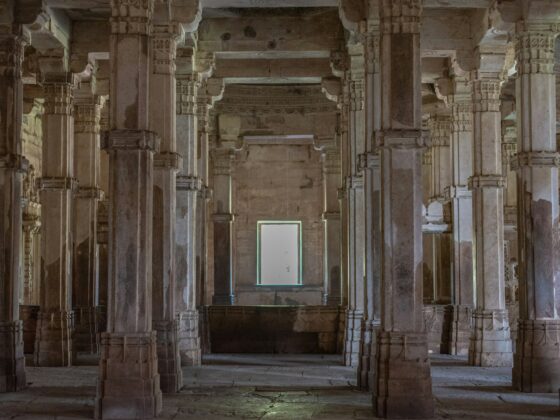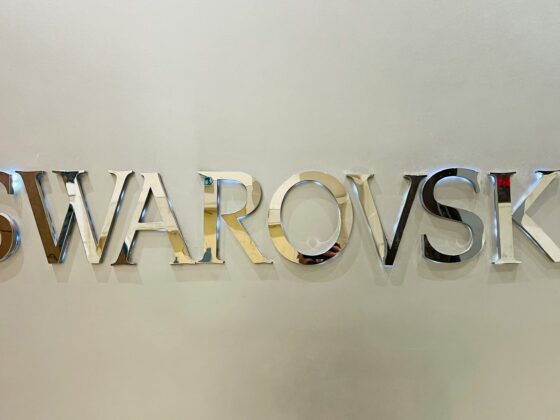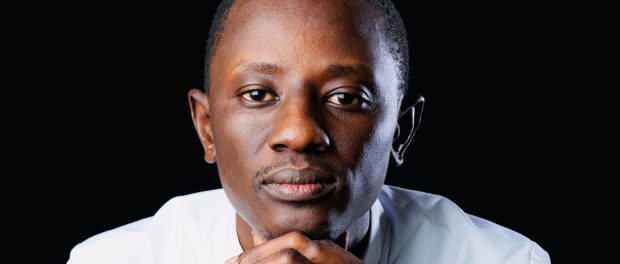
Hobby One Photographe
Chef Badara Gueye, a 40-year-old Senegalese chef and painter, has spent nearly five years transforming La Cantine at the historic Château de Candie. Arriving just after the pandemic, he brought a unique blend of African roots and French refinement, elevating the bistronomic cuisine with seasonal, locally sourced ingredients and creative flavors like hibiscus and tamarind.
Starting as a dishwasher in Dakar and overcoming early hardships, Badara’s relentless drive took him from cooking at sea to advanced training in France. Alongside his culinary career, he is an accomplished painter whose emotive portraits now adorn the château and have gained international recognition.
Under his guidance, La Cantine has become a celebrated dining destination in Chambéry, known for elegant dishes such as veal rump with blackcurrant jus, set in a peaceful environment between city, lake, and mountains.
Let’s start at the beginning. You’ve had quite an extraordinary journey—from dishwasher in Dakar to executive chef in a 14th-century French château. What do you remember most vividly about those early kitchen days in Senegal?
Yes, indeed, it has been a long journey full of surprises. What stood out from the start were the new tastes and smells—the differences in flavors between French and Senegalese cuisines.
Your story is full of resilience and transformation. How did your personal challenges shape your philosophy as both a chef and a person?
One defining moment was when I worked on an oil tanker, cooking for the crew during six months at sea. That experience taught me a lot about myself and those around me. Also, being the oldest in my family and deciding to leave difficult conditions at home shaped my mindset. These experiences helped me focus on setting goals instead of limits.
You wear two hats—chef and painter. When did you realize art, as much as food, would be part of your life’s work?
I’ve always been fascinated by creativity in all its forms. Nature inspires both my cooking and my painting. If I weren’t a chef, I wouldn’t be a painter, and vice versa. My daily life is full of questions and creation—I sometimes create an abstract taste that only I understand, or a painting as if I were cooking.
Do your cooking and painting feed into each other creatively? How do these two worlds overlap?
Absolutely. I believe I’m a chef because I’m an artist. I consider the impact of ingredients in my life, and I paint pieces of my life driven by my cuisine, which brought me to where I am today.
Your artwork now lines the walls of Château de Candie, giving it a unique identity. How did it feel to see your paintings displayed where you cook every day?
I felt proud and deeply grateful to the Château’s management. Sharing my cuisine and art with clients in such a symbolic place in Chambéry is pure joy.
At La Cantine, you champion local ingredients infused with flavors from your Senegalese heritage. Can you tell us about a dish that captures this balance?
From the start, I wanted to showcase a cuisine that reflects me. Many weddings we cater feature omble chevalier with sauce kaldou and puffed rice. The omble chevalier is a local fish from Lake Bourget; kaldou is a famous sauce from southern Senegal; and rice is a staple in Senegalese cuisine. This dish represents my personality—bridging two cultures.
One standout dish this season is veal rump with blackcurrant and beetroot jus. What inspired that pairing, and what do you want guests to experience?
I wanted to introduce spring fruits and vegetables into a main course. The veal rump is cooked gently, coated with a crust, and served with blackcurrant, beetroot juice, butter, and panko. The red and purple colors represent early spring blossoms and my love of nature.
How do you approach evolving your menu each month? Is it seasonality, emotion, or experimentation?
All three. I consult with my horticulturist monthly to know what’s in peak season. Seasonality and local produce are very important. With that foundation, I experiment and let emotion guide the creativity.
You’ve worked across continents and cultures—from Senegal’s Petite Côte to the Périgord and the Alps. How have these places influenced your style?
My cuisine is open to the world, influenced by Ivory Coast, Mauritania, various French regions, Ukraine, North Africa, and Japan. It symbolizes my life and story.
You arrived at Château de Candie just after the pandemic, when hospitality was in flux. What was it like stepping into that role then?
I’ve always been resilient. The pandemic was a challenge, but I didn’t want to be a spectator—I became an actor. I shared my art on social media, spreading messages about human dignity and vulnerability. At the château, my role was to prepare for the post-pandemic reopening.
The Château is more than a restaurant—it’s also a gallery, wedding venue, and retreat. How do you keep the guest experience personal and soulful?
The Château hosts many events in a beautiful setting. Our philosophy is to offer every guest an à la carte experience filled with quality service and unforgettable moments.
Looking ahead, do you see yourself continuing to blend art and food, or exploring new creative directions?
I create and innovate daily, pushing my boundaries. Maybe one day one art form will take over the other, but I’ll let time decide.


